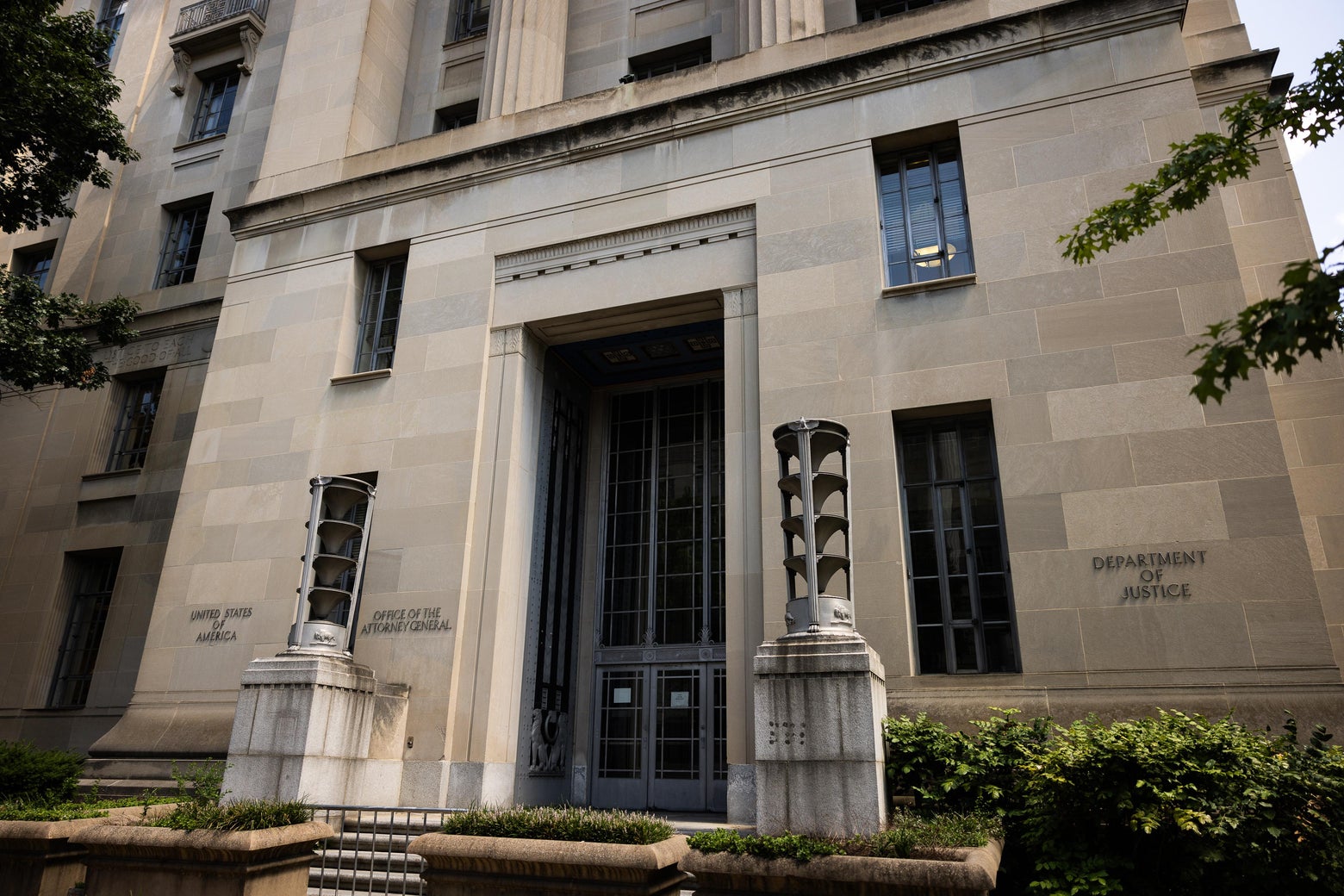Originally by at CAP
The Medicare program provides critical health care coverage for more than 67 million older and disabled Americans. The program has improved and extended the lives of countless Americans and is an indispensable and popular institution in American life. A 2023 KFF poll found that 81 percent of Americans held favorable views of traditional Medicare (TM), which is run by the government and accepted by nearly all doctors and hospitals in the country. Medicare Advantage (MA) is private health coverage that beneficiaries can choose in place of TM. MA plans are paid a monthly, fixed, per-person amount by the government to provide coverage that must be equal to what Medicare covers and can include additional benefits.
When the MA program was established, private insurers were expected to deliver health care more efficiently than government-run TM does, in theory saving money and improving quality. Yet MA does not save money and, in fact, has been associated with significant wasteful spending for the Medicare program. The Medicare Payment Advisory Commission (MedPAC), an independent congressional agency that advises Congress on issues affecting the Medicare program, found that in 2024 alone, Medicare will pay MA plans at least $83 billion more than what it would cost the government to cover those same enrollees in TM.
Currently, Medicare enrollees are split almost evenly between TM and MA. The Heritage Foundation’s extremist agenda, Project 2025, calls for MA to be made “the default enrollment option” for all Medicare beneficiaries—which would push the United States toward a future of fully privatized Medicare. The effects of enacting this policy would be a multibillion-dollar annual giveaway to corporations at the expense of Medicare enrollees and taxpayers—and at the expense of Medicare’s financial sustainability.
If making MA the default option for enrollees were to expand the proportion of Medicare beneficiaries in MA to 75 percent—up from its current enrollment level of 51 percent—the Center for American Progress estimates that wasteful spending could approach an eye-popping $2 trillion over 10 years.*
In the name of cost savings, MA plans can sometimes harm patients by limiting their choice of physicians and hospitals, requiring burdensome prior authorization for services and medications, and denying doctor-recommended care. This is because MA plans’ cost-saving efforts benefit their own bottom lines.
Project 2025 would restrict Medicare enrollees’ choices
A stated goal of Project 2025 is to “[g]ive beneficiaries direct control of how they spend Medicare dollars.” Yet the result of making MA the default Medicare enrollment option will be the opposite: to give for-profit corporations more control by restricting the choices of even more older Americans.
Once a Medicare enrollee has chosen an MA plan, they are constrained to a network of providers, which restricts their choice of doctors and hospitals, compared with traditional Medicare enrollees, who can see nearly any Medicare provider nationwide. Sometimes, MA networks can be very limited: According to a 2017 report, MA networks, on average, included fewer than half (46 percent) of all Medicare physicians in a given county. Data show that some MA plan networks are restricted to an area as small as a single county, and nearly half of MA plan networks include no psychiatrists. One study of cancer patients from 2015 to 2017 found that MA enrollees were 6 percent less likely than TM enrollees to use “top-ranked cancer hospitals for complex cancer surgery,” suggesting that beneficiaries in MA plans also have less access to at least the best cancer care.
In the name of cost savings, MA plans also often require burdensome prior authorization for services and medications and sometimes deny doctor-recommended care. In 2022, physicians submitted more than 46 million prior authorization requests to MA plans. According to the American Medical Association, in 2023, physicians submitted an average of 45 requests per week and 1 in 3 physicians had staff members assigned exclusively to prior authorizations.
These restrictions do not lead to higher-quality care for enrollees: In a 2021 systematic review comparing MA and TM, MA plans performed better than TM for breast cancer screening, diabetes care, and influenza and pneumonia vaccinations, but enrollees in MA plans were more likely to be cared for by lower-quality nursing facilities, average-quality hospitals, and lower-quality home health agencies. Other measures did not show better performance by MA plans compared with TM “despite the higher payments to MA plans.” While Project 2025 touts MA’s superior performance in some categories, it fails to mention MA’s inferior performance in others. Overall, the best available evidence shows there are few differences in health care experiences between TM and MA.
Further, burdensome prior authorization requirements and care denials have led a growing number of hospitals and health systems to stop accepting some MA plans altogether. Citing reported losses of $75 million, one health system in San Diego recently terminated the contracts of the MA plans of more than 30,000 beneficiaries. A 2023 report in Becker’s Hospital CFO Report listed a dozen hospitals and health systems that have recently cut ties with MA plans, allegedly as a result of slow, excessive, and unreasonable prior authorization and claims denials that result in financial losses for hospitals. As providers drop MA networks, patients are left with fewer choices, and the MA program as a whole becomes less sustainable.
Project 2025’s plan to make MA the default option for all enrollees would also likely lead to more people getting stuck in the MA program. That is because in all but four states, MA enrollees who want to switch from MA back to TM after a short trial period can be denied supplemental coverage (Medigap), which many enrollees would need to make the switch to TM financially viable. This can trap people with serious health issues in MA plans—which may not be the best option for their needs—for the rest of their lives. If MA becomes the Medicare default enrollment option for all enrollees, MA plans will be guaranteed a steady stream of excessive overpayments, as many enrollees won’t be able to afford to leave them.
Project 2025 would raid the Medicare trust fund
Insurance company profits have skyrocketed over the past decade, due in large part to increased revenue from MA plans. Gross margins for MA plans in 2023 were $1,982 per enrollee, more than double the $910 gross margins in group market health insurance plans, such as the plans people get through their jobs. In 2023, “administration” (which includes exorbitant salaries and profit) made up an average of 13 percent of MA spending. Traditional Medicare, despite being labeled “the bureaucrat-driven fee-for-service system” by Project 2025, spends less than 2 percent on administration and doesn’t take any profit.
The Medicare Hospital Insurance (HI) Trust Fund is projected to be insolvent by 2036 unless congressional action is taken. The Biden-Harris administration has called for extending the solvency of the Medicare trust fund by at least 25 years by modestly increasing the Medicare tax rate on income above $400,000, closing loopholes in existing Medicare taxes, dedicating the Medicare net investment income tax to the HI Trust Fund, and crediting savings from prescription drug reforms to the HI Trust Fund. Astonishingly, Project 2025’s proposal is to enroll even more Medicare beneficiaries in the option that costs 22 percent more per enrollee.
Conclusion
Project 2025 would put more control in the hands of profit-driven corporations by making MA the default enrollment option for Medicare beneficiaries. Corporations, not doctors or patients, would be able to control what care an even greater number of enrollees can and cannot receive, while enriching their bottom lines and threatening Medicare’s future.
Read the Original Story





